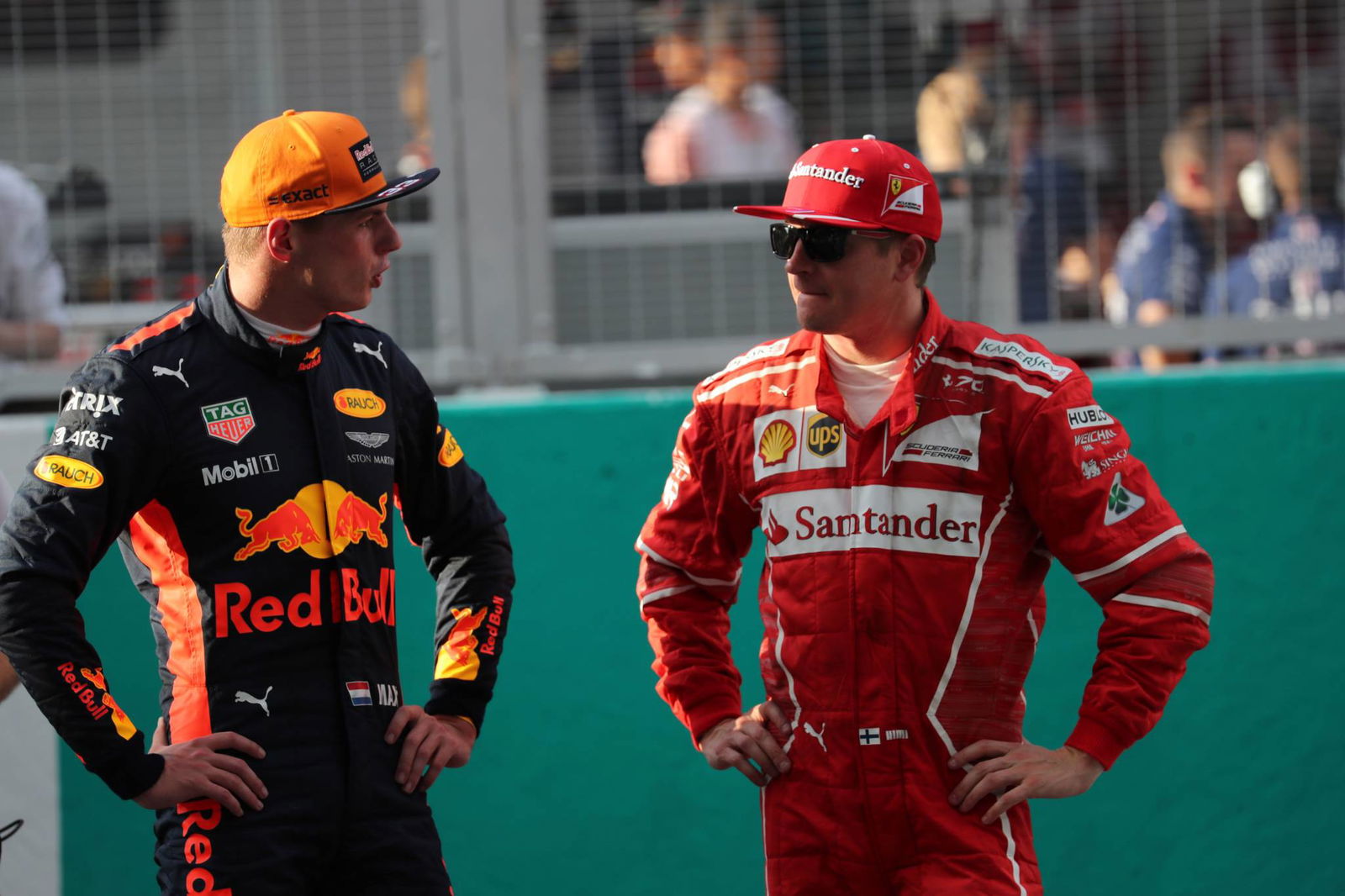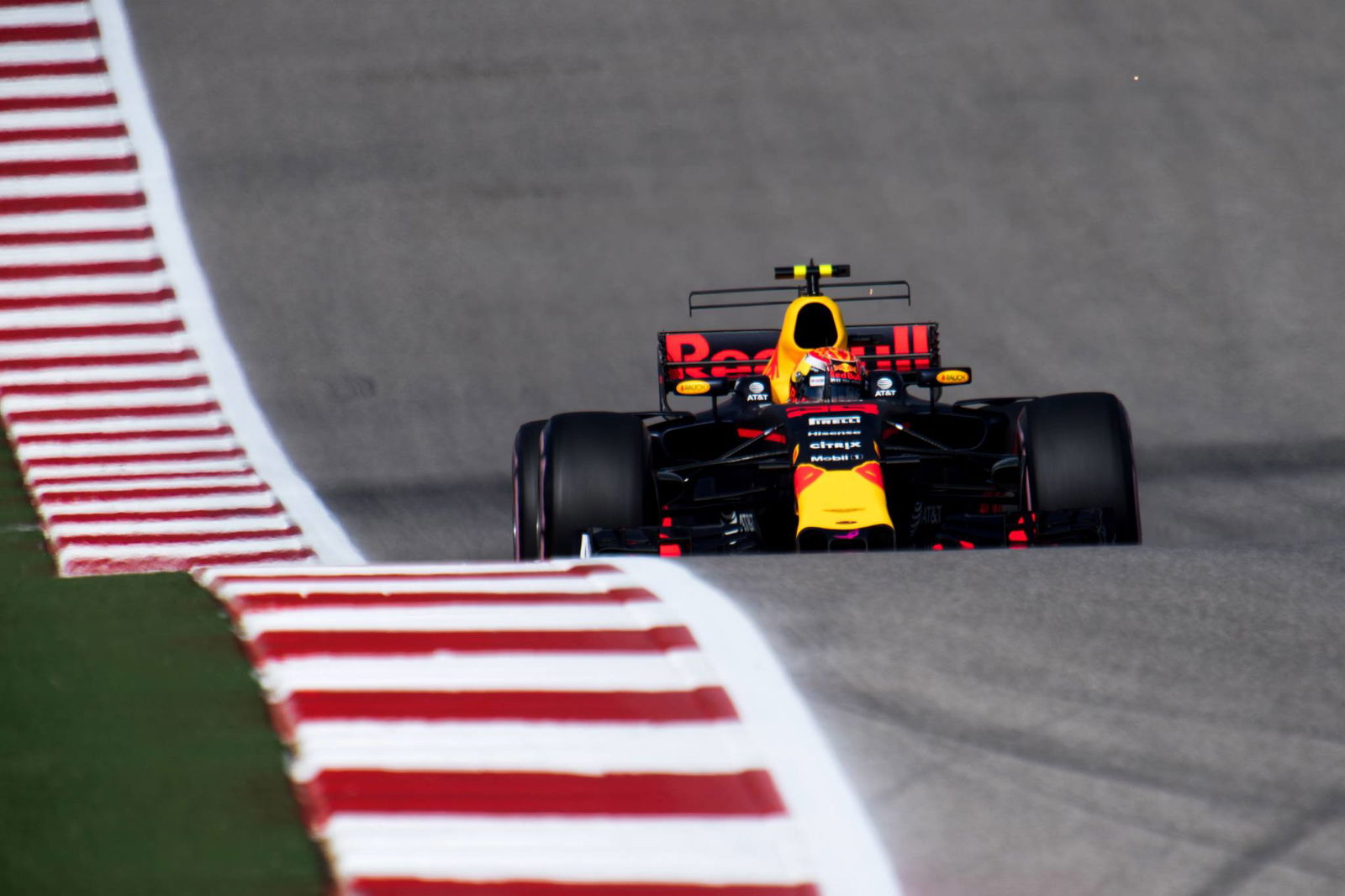US GP: How Max Verstappen's penalty proves Marc Marquez's point on F1
As debate rages on whether Max Verstappen was harshly treated with his post-race five-second penalty demoting him off the podium at the United States Grand Prix Formula 1 has come under fire, but it had already been shot at from the other side of the world by defending MotoGP world Marc Marquez. The thing is, he has a point.

As debate rages on whether Max Verstappen was harshly treated with his post-race five-second penalty demoting him off the podium at the United States Grand Prix Formula 1 has come under fire, but it had already been shot at from the other side of the world by defending MotoGP world Marc Marquez. The thing is, he has a point.
Marquez would never have known how precise his quip criticising F1 would become less than 24 hours later after he celebrated a breathless victory at Phillip Island in another MotoGP barnstormer in Australia.
A number of MotoGP’s biggest stars ended the race having exchanged blows, with literal tyre marks from one bike on another rival’s leathers, but instead of outrage the riders ended the race enthused and hungry for more.
Marquez, who planted some Michelin rubber on Valentino Rossi’s Movistar Yamaha race suit, says racing was on the limit but rarely over it and warned against discouraging the intensity.
“Of course there is a limit, but today was normal,” Marquez said. “It was aggressive and some contact, but in the end, this is racing and if we go down with the limit, it becomes likes Formula One racing. In the end, this is why MotoGP is going up.”
Marquez wasn’t openly slagging off F1 but demonstrating how finding the fine balance of what is fair combat, along with a set of technical rules providing manufacturer parity, is helping MotoGP thrive.
Ultimately, F1 is aiming for the same goal and is making certain progress having seen Red Bull and Ferrari challenge the Mercedes domination this season but there is still work to be done after the German manufacturer wrapped up the World Constructors’ championship in the US with three races to spare.
What is proving equally tricky is F1 ensuring race action has a fair balance, which is where the core debate surrounding Verstappen’s penalty lies.

In the eyes of the race stewards, Verstappen placed all four wheels of his Red Bull off the track to overtake Kimi Raikkonen on the final lap of the US GP for third place, therefore gaining an unfair advantage. In black and white it is hard to argue but like most things in sport there are plenty of shades of grey.
Firstly, almost the entire F1 grid had been exceeding track limits at some stage during the race weekend with various amounts of advantages gained – a lap in qualifying, avoiding a lapped car – but nobody was penalised for the offence prior to Verstappen.
Verstappen knew the risk versus reward and had nothing to lose (he was going to finish fourth anyway) so why not go for it and hope the race stewards fail to act like they had all weekend. But with it being such a high-profile incident, deciding which of the two would be congratulated by Usain Bolt for finishing on the podium in Austin, a penalty was dished out to the Dutch driver. Cue the conspiracy theories.
While I’m happy to leave the internet enraged to debate the rights and wrongs of the decision until the power runs out, it presents a wider issue involved in F1 which proved Marquez right.
Namely, what is the limit of racing in F1?
In Baku, Sebastian Vettel was slapped with a 10-second stop and go penalty for swerving into Lewis Hamilton behind the safety car while Verstappen gets a five-second time penalty for risking a move none of his rivals were flagged up for all weekend. Verstappen and Red Bull boss Christian Horner cried for consistency.
“What is annoying is the lack of consistency,” Horner said. “Where do you draw the line? For the fans and casual viewers, it needs to clear. How can you say what Valtteri did, on one hand, is okay but what Max did isn’t?
“In any other sport if you are out you are out. Just let them race or if you don’t want the cars to go there put in a gravel trap or bigger curbs or a deterrent for drivers.”
Circuit specifics aside, it feels the rules of racing tend to be interpreted slightly different race by race and in this instance, incident by incident.
If overtaking a driver with one, two, three or four wheels off the circuit is allowed it should remain the case at every race circuit. Obviously with the tight walls at city tracks like Monaco and Singapore no wheels can go off the track so surely this needs to apply everywhere.
With plentiful run-off areas at Circuit of the Americas, rightly in the name of safety, F1 drivers could attack the track with different lines which they wouldn’t be able to get away with if there were proper deterrents. Admittedly this is a convenient comparison but at Phillip Island the circuit is lined with grass so none of the MotoGP riders were thinking of cutting a corner for a pass.
But this isn’t a clear-cut issue as was pointed out on Twitter last night with Marquez’s iconic overtake on Rossi off track down the corkscrew at Laguna Seca in 2013. Off track but on that occasion on side.
![Marc Marquez, Repsol Honda [Credit: Gold and Goose]](https://cdn.crash.net/467713_0.jpg?width=1600)
Photo Credit: Gold and Goose
What F1 drivers and teams need to call on, for the health of the sport, is clean and straight racing rules to know the consequences of any actions before they take them and with reliable and constant race stewards to enforce consistency. Verstappen is a genius in his race craft and Raikkonen admitted the Red Bull driver’s overtake took him by complete surprise. The Dutch driver wasn’t expecting a penalty because nobody else was being flagged up for it so he had no reason to resist the urge of a risky overtake.
Wherever your alliances fall, the United States race was jam-packed with action and overtakes up and down the grid but all of it will be overshadowed by the fallout from Verstappen’s penalty.
Much like F1’s current pursuit of technical rules and engine specifications aimed to improve the sport’s popularity, it also needs to assess its racing rules and make them as crystal clear.
If black and white rules can are understood and applied then Marquez won’t need to be proven right again.

